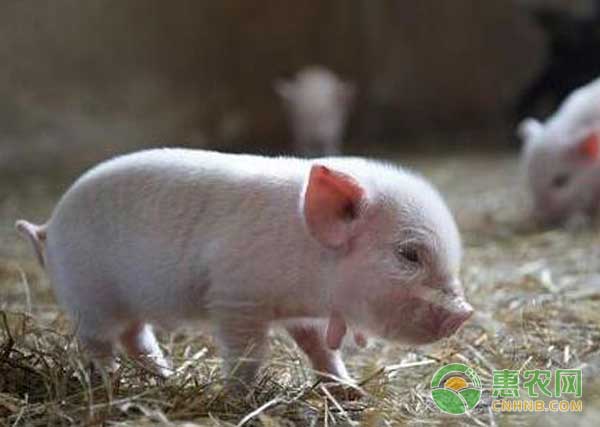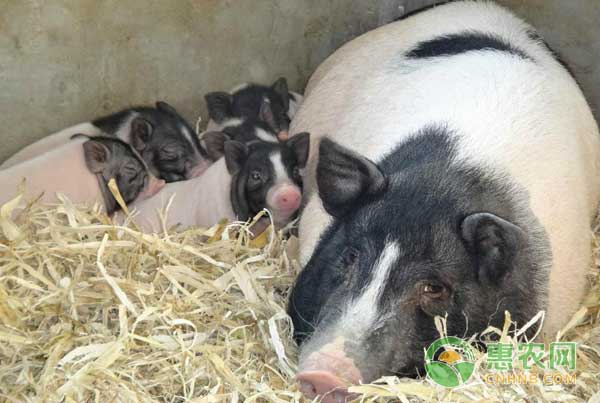The hot summer is coming to an end and it's getting into the cool autumn. Autumn is a good season for raising pigs. When the temperature drops, the appetite of the pigs is restored, and it is easier to eat longer. However, the climate in the autumn is changeable, and the slight negligence of the management of the farmers will lead to the disease of the pigs and economic losses to the farmers. Therefore, farmers should do a good job in the prevention and treatment of common diseases in the daily management of autumn.
I. Eperythrozoonosis
Eperythrozoon disease manifests itself in large areas of purplish red in the ear, neck, chest, inside the limbs, and under the stomach. If the sow suffers from this disease, symptoms such as estrus and decreased performance may occur. Fattening pigs with this disease will have symptoms such as elevated body temperature and diarrhea. Piglets suffering from this disease will have a significant decline in resistance and are susceptible to respiratory diseases. Usually, the treatment of Eperythrozoonosis can be treated with an anthelmintic drug in combination with long-acting oxytetracycline. The use of high-quality full-price feeds during daily feeding is beneficial to improve the disease resistance of pigs.

Second, toxoplasmosis
Once the pig is suffering from toxoplasmosis, the body temperature will quickly reach 40.5~42°C, accompanied by symptoms such as cough, runny nose, muscle rigidity and difficulty in breathing. For pigs with more serious diseases, there will be a large area of ​​purple red in the abdomen, and the lymph nodes will appear enlarged and abnormal. Toxoplasmosis occurs more frequently in the fall, and failure to take reasonable preventive and therapeutic measures can infect the entire herd and cause large-scale outbreaks. If the most common treatment for sick pigs is to inject the compound sodium sulfadiazine, the average weight of each pig is 0.3 ml per kilogram. As long as the rational use of the drug within a week, the body temperature and appetite of the sick pig will return to normal.
Third, gastroenteritis and epidemic diarrhea
Gastroenteritis and epidemic diarrhea occur mostly in lactating piglets. In severe cases, it is a fatal disease. If the lactating piglets are ill, there is almost no cure. However, farmers must take measures to prevent the spread of the disease, and use antibiotics and other drugs for diagnosis and treatment. Both of these occur frequently in the fall, so you can vaccinate your sow first to prevent it from the source. Adult pigs with this disease can be treated with antibiotics in combination with oral medications for the disease. When using drugs, you should choose a large manufacturer and the quality of the standard drugs, in general, the condition will be cured after one week of use.

In addition to the three more common diseases mentioned in this article, there are also blue ear disease, swine fever, swine plague, etc. It is also a common disease in autumn, so farmers need to take measures, strengthen management, and do enough to prevent diseases. Work, home to prepare some commonly used medicines to help the pigs survive this fall.
Chitosan is a product of n-deacetylated chitosan. Chitin, chitosan and cellulose have similar chemical structure. Cellulose is hydroxyl group at C2 position, chitin and chitosan are replaced by an acetyl group and an amino group respectively at C2 position. Chitin and chitosan have many unique properties such as biodegradability, cell affinity and biological effect, especially chitosan containing free amino group, which is the only basic polysaccharide in natural polysaccharides.
The amino groups in the chitosan molecular structure are more reactive than the acetylamino groups in the chitin molecule, which makes the polysaccharide have excellent biological functions and can carry out chemical modification reaction. Therefore, chitosan is considered as a functional biomaterial with greater application potential than cellulose.
Chitosan is the product of natural polysaccharide chitin removing part of the acetyl group, with biodegradability, biocompatibility, non-toxicity, antibacterial, anti-cancer, lipid-lowering, immune enhancement and other physiological functions. Widely used in food additives, textile, agriculture, environmental protection, beauty care, cosmetics, antibacterial agent, medical fiber, medical dressings, artificial tissue materials, drug slow release materials, gene transduction carrier, biomedical fields, medical absorbable materials, tissue engineering carrier materials, medical and drug development, and many other fields and other daily-use chemical industry.
Chitin,Chitosan,Chitosan Oligosaccharide,Carboxymethyl chitosan
Allied Extracts Solutions , https://www.alliedadditives.com